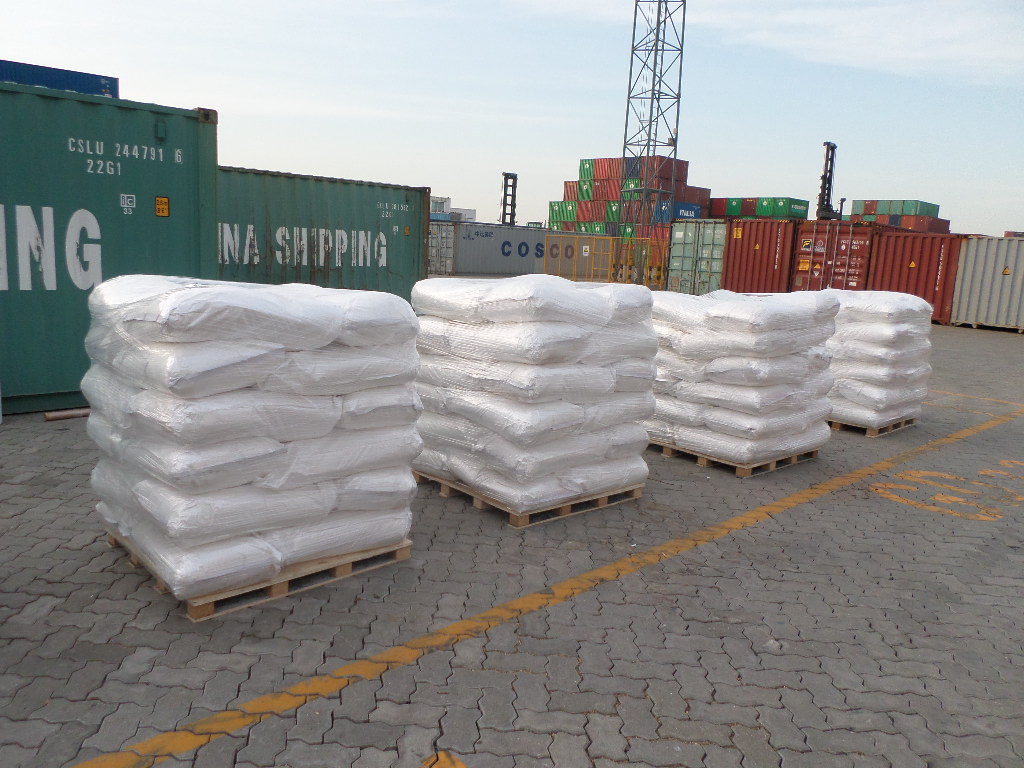HPMC is referred to as hydroxypropyl methylcellulose.
HPMC product selects highly pure cotton cellulose as raw material and is made by special etherification under alkaline conditions. The whole process is completed under GMP conditions and automatic monitoring, without any active ingredients such as animal organs and grease.
HPMC properties:
HPMC product is non-ionic cellulose ether, the appearance is white powder, odorless tasteless, soluble in water and most polar organic solvents (such as dichloroethane) and appropriate proportion of ethanol/water, propyl alcohol/water, etc. Aqueous solution has surface activity, high transparency and stable performance. HPMC has the properties of thermal gel, the product water solution is heated to form gel precipitation, and then dissolved after cooling, different specifications of the product gel temperature is different. Solubility changes with the viscosity, the lower the viscosity, the greater the solubility, different specifications of HPMC has a certain difference in its properties, HPMC in water is not affected by PH value. Particle size: 100 mesh pass rate is greater than 100%. Bulk density: 0.25-0.70g/ (usually about 0.5g/), specific gravity 1.26-1.31. Discoloration temperature: 190-200℃, carbonization temperature: 280-300℃. Surface tension: 42-56dyn/cm in 2% aqueous solution. With the increase of methoxyl content, the gel point decreased, the water solubility increased, and the surface activity also increased. HPMC has the characteristics of thickening, salting, low ash content, PH stability, water retention, dimensional stability, excellent film forming and extensive resistance to enzyme, dispersity and cohesiveness.
HPMC Applications:
1. Tablet coating: HPMC used as film coating material in solid preparation, can form tough, smooth and beautiful film, the use concentration of 2%-8%. After coating, the stability of the agent to light, heat and humidity is increased; Tasteless and odourless, easy to take, and HPMC pigment, sunscreen, lubricants and other good compatibility of materials. Ordinary coating: water or 30-80% ethanol to dissolve HPMC, with 3-6% solution, adding auxiliary ingredients (such as: soil temperature -80, castor oil, PEG400, talc, etc.).
2. Enteric-soluble coating isolation layer: on the surface of tablets and granules, HPMC coating is first used as the bottom coating isolation layer, and then coated with a layer of HPMCP enteric-soluble material. HPMC film can improve the stability of enteric-soluble coating agent in storage.
3. Sustained-release preparation: using HPMC as pore-inducing agent and relying on ethyl cellulose as skeleton material, sustained-release long-acting tablets can be made.
4. Thickening agent and colloid protective adhesive and eye drops: HPMC for thickening agent commonly used concentration of 0.45-1%.
5. Adhesive: HPMC as a binder general concentration of 2%-5%, used to improve the stability of hydrophobic adhesive, commonly used concentration of 0.5-1.5%.
6. Delay agent, controlled release agent and suspension agent. Suspension agent: the usual dosage of suspension agent is 0.5-1.5%.
7. Food: HPMC as thickening agent added to a variety of drinks, dairy products, condiments, nutritional food, as thickening agent, binder, emulsifier, suspension agent, stabilizer, water retention agent, excifer, etc.
8. Used in cosmetics as adhesives, emulsifiers, film forming agents, etc.
Post time: Jan-14-2022
